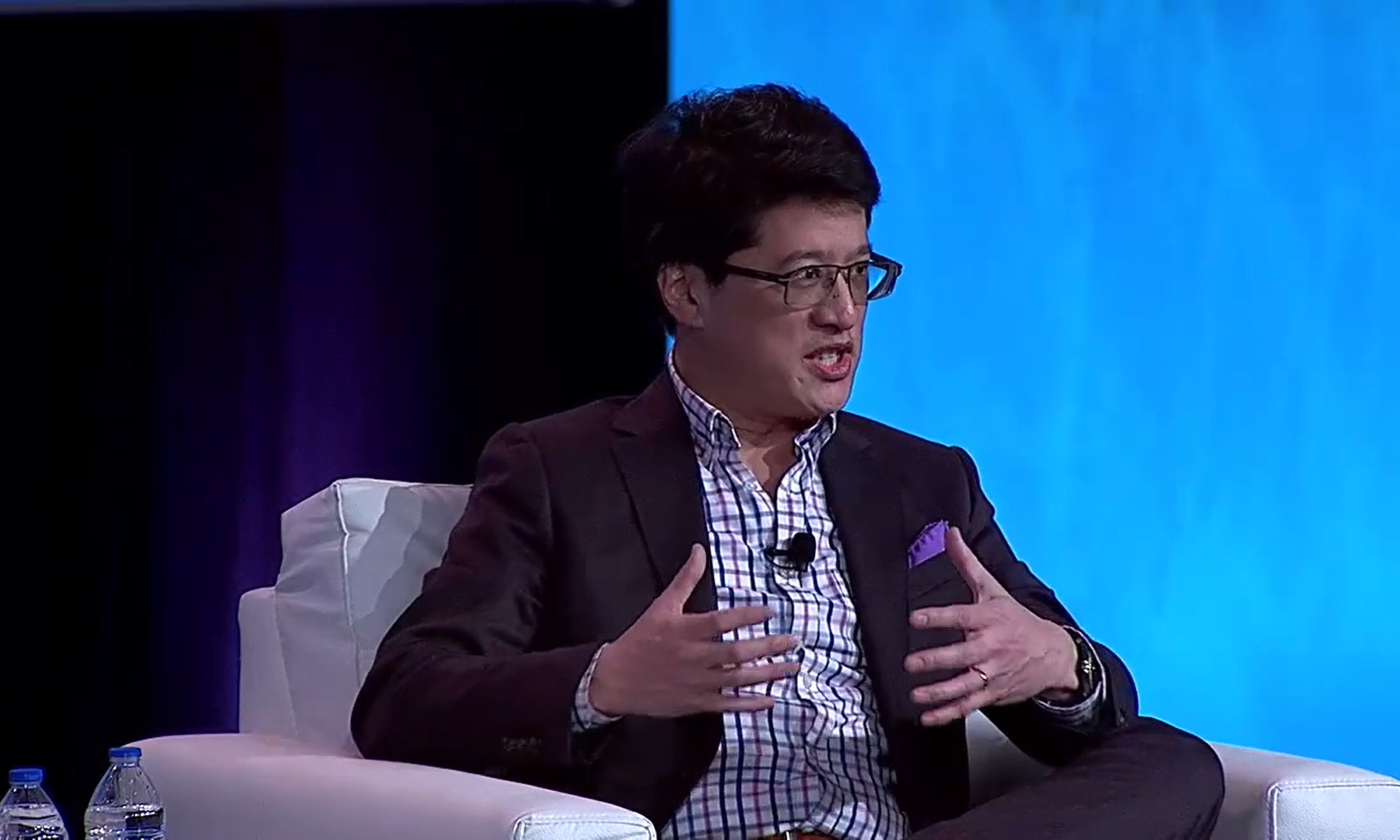A common approach is to identify different options for organizational structure and then analyze tradeoffs (e.g., pros and cons or degree attractiveness by objective). That said, I wanted to share another perspective that has carried me a long way. It is the concept of first identifying strategy and second aligning structure.
Consider a very stylized example. Suppose you are trying to design a company whose strategy is to provide broadly accessible, lower-cost, optical glasses to customers within quick turnaround times of one hour. The strategy may require inventory, opticians, lab equipment, and lab personnel to be close to the point of purchase. It may also require a wider geographic structure.
On the other hand, consider designing a company that provides niche, high-end premium glasses, potentially with custom features requiring specialized equipment. In this case, inventory at the point of presence might be lower, and the company might have to send glasses requests to centralized lab, manufacturing site, and specialized personnel in order to fulfill the highly customized orders. Turnaround times might be much longer.
The concept of first setting strategy and then finding organizational structure and operational processes to match the strategy generalizes to many other situations. So remember to try to set strategy and priorities and then set structure. Find inconsistencies, ambiguities, and desirable or undesirable features. Iterate and reconcile.
